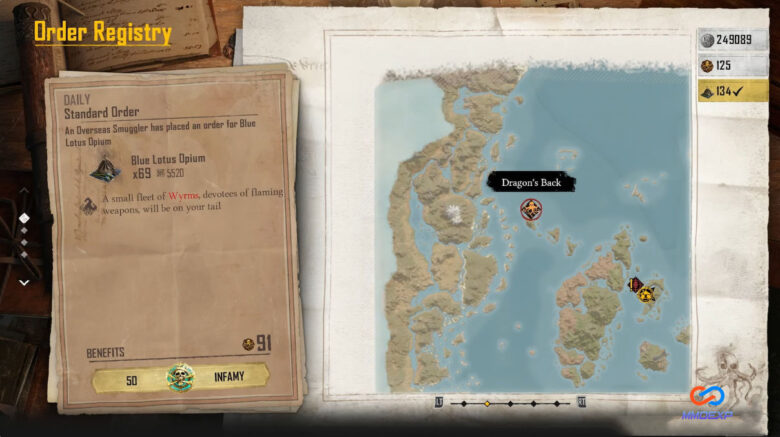In the vast and treacherous world of gaming, where virtual economies rise and fall like empires, there exists a realm where savvy players can amass wealth beyond imagination. Welcome to the world of Skull and Bones, where cunning traders roam the seas in search of fortune and glory. Among the various strategies to accumulate riches, one method stands out: mastering the art of the Skull and Bones silver trade.
For those uninitiated in the ways of Skull and Bones, the game revolves around naval combat, exploration, and, crucially, trade. Players take on the role of pirate captains navigating the dangerous waters of the Indian Ocean during the Golden Age of Piracy. Amidst the chaos and conflict, there lies an opportunity for astute traders to capitalize on the lucrative silver trade.
So, how does one make a fortune in Skull and Bones? Our journey begins at the Dutchman’s camp, a hub of commerce and intrigue where fortunes are made and lost with the turn of a tide. Here, players can engage with vendors offering a variety of commodities, from fine brandy to exotic spices. But amidst this bustling marketplace, there exists a hidden gem—a method to maximize profits that few have dared to explore.
The key lies in understanding the dynamic nature of trade routes and market demand. As our intrepid trader explains, the Dutchman’s camp hosts vendors representing both French and Dutch interests. Each faction has its preferences and biases, creating opportunities for shrewd entrepreneurs to exploit.
At first glance, the process may seem straightforward: procure goods from one faction and sell them to another at a premium. However, the devil is in the details, as our guide elucidates. Not all vendors offer the same prices, and market conditions can fluctuate unpredictably. To truly master the silver trade, one must be attuned to these nuances and adapt their strategy accordingly.
The first step is to identify which goods are in demand and where. By carefully monitoring market indicators and faction preferences, players can pinpoint the most profitable trade routes. For instance, if French traders are clamoring for Dutch gin, savvy captains can set sail for French ports to fetch premium prices.
But the journey doesn’t end there. To maximize profits, players must also consider the logistics of trade. Fast travel points serve as vital hubs for conducting business, allowing traders to swiftly navigate the vast expanse of the Indian Ocean. By strategically positioning themselves near high-demand markets, players can streamline their operations and minimize downtime.
Yet, as any seasoned trader will attest, success in the silver trade requires more than just luck and intuition. It demands meticulous planning, keen observation, and, above all, a willingness to adapt to changing circumstances. Whether navigating treacherous waters or negotiating with rival factions, the path to wealth is fraught with peril and opportunity.
In conclusion, Skull and Bones offers a rich and immersive experience for players seeking adventure and fortune on the high seas. The silver trade, with its tantalizing promise of wealth and power, serves as a testament to the game’s depth and complexity. By mastering the art of commerce, players can carve out their legacy in a world where only the bold dare to sail. So, hoist the sails, unfurl the flag, and set course for glory—your fortune awaits amidst the waves of Skull and Bones.



